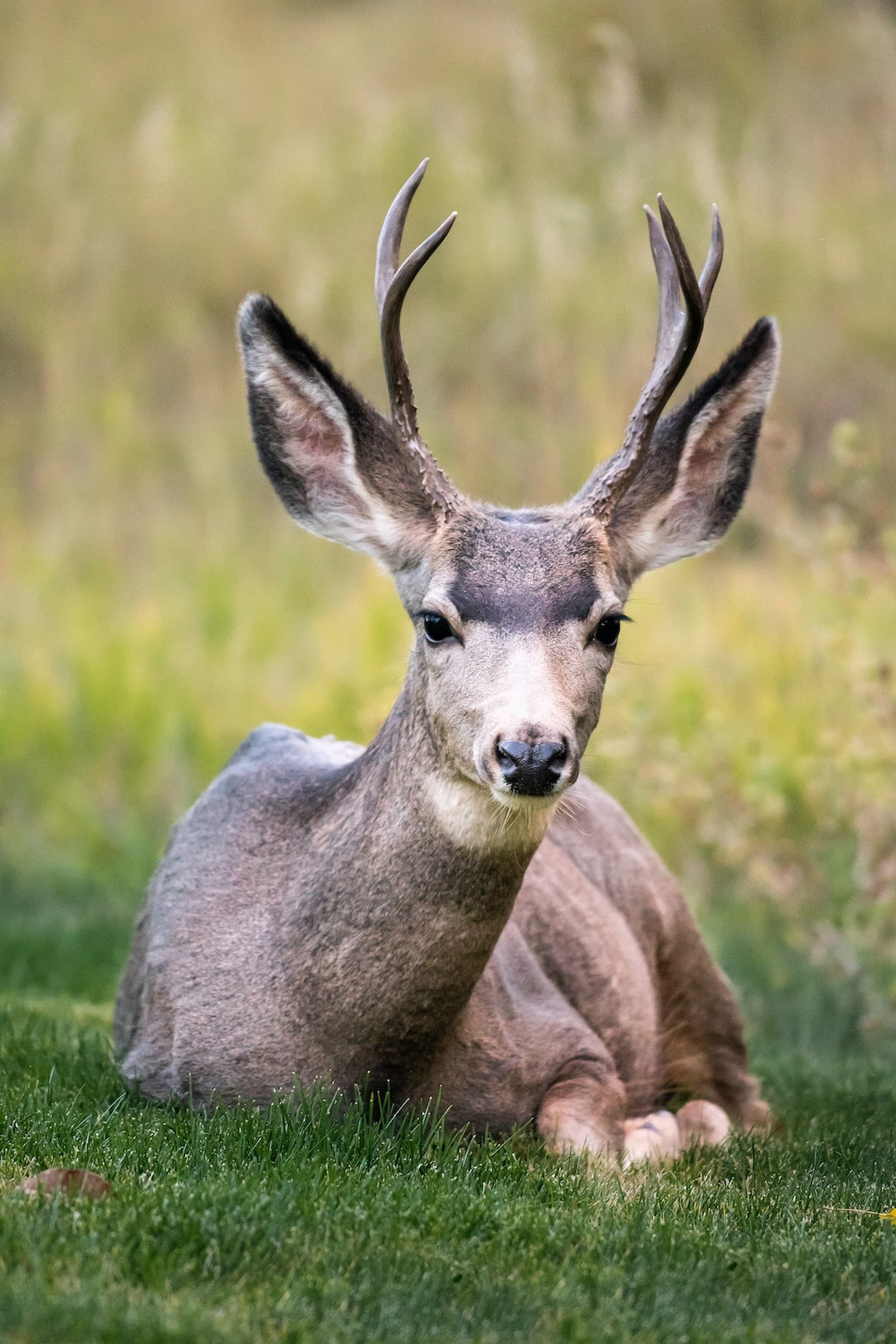Title: How Animals Communicate: Beyond Words
Introduction:
Communication has always been an essential aspect of life, aiding in the exchange of thoughts, emotions, and information. While humans rely heavily on verbal and written communication, we often overlook the vast array of non-verbal communication methods that animals employ. From elephants using infrasound to dolphins communicating through sonar, the animal kingdom is a fascinating realm of extraordinary communication techniques that extend far beyond words. In this blog post, we will delve into the captivating ways in which animals communicate and explore the rich complexity hidden beneath their non-verbal exchanges.
1. Visual Communication:
Animals exploit various visual cues to communicate within their species and with others. Brightly colored feathers, unique patterns, and intricate displays serve as visual signals to establish social hierarchy, attract mates, or ward off potential threats. For instance, male peacocks showcase their vibrant tail feathers to court female peahens, while some butterfly species use colorful patterns to warn predators of their toxicity.
2. Auditory Communication:
Sounds play a crucial role in animal communication, enabling the exchange of information over long distances, navigation, and establishing territorial boundaries. The intricate songs of birds, the deep rumblings of elephants, and the enchanting melodies of whales and dolphins are just a few examples of the auditory wonders found in the animal kingdom. These calls can convey emotions, warn of danger, or even facilitate cooperative hunting efforts among animals.
3. Chemical Communication:
Chemical signals, particularly pheromones, play a significant role in animal communication. They can convey a wide range of messages, such as reproductive readiness, aggression, territory demarcation, or the presence of prey. Ants, for instance, release pheromones to leave scent trails, alerting their fellow ants to potential food sources. Similarly, many mammals use scent marking to communicate their presence or attract mates. Such chemical communication can be fleeting to humans, but it forms an intricate web of information exchange in the animal kingdom.
4. Tactile Communication:
Physical touch serves as a powerful form of communication among animals. From grooming to bonding, animals communicate complex emotions and intentions through tactile interactions. For example, social primates like chimpanzees engage in grooming rituals, strengthening their social bonds, and resolving conflicts. Similarly, elephants use tactile gestures like trunk touches to convey affection, dominance, or a calming effect.
5. Electrical Communication:
While less commonly known, certain aquatic creatures possess the ability to communicate using electrical signals. Electric fish, like the electric eel, generate and detect electrical signals to navigate, locate prey, and communicate. By emitting electric fields and sensing the disturbances caused by surrounding animals, these remarkable species establish their territories and communicate without relying on visual or auditory cues.
6. Behavioral Communication:
Animals also employ intricate behaviors to communicate information, often in the absence of other communication methods. The waggle dance of honeybees is a fascinating example. By dancing and moving in particular patterns, bees convey information about the location and quality of food sources to their hive mates. Similarly, the elaborate courtship rituals displayed by birds of paradise are a spectacle aimed at attracting mates and demonstrating genetic superiority.
Conclusion:
The ways in which animals communicate extend far beyond words, showcasing the extraordinary diversity and complexity of the natural world. From visual displays to auditory calls, chemical signals to tactile interactions, or even electrical communication, animals employ a variety of techniques to convey information and maintain social cohesion within their species. Understanding and appreciating these non-verbal forms of communication broadens our perspective and provides valuable insights into the intricacies of animal behavior. So, let us take a moment to appreciate and recognize the remarkable diversity of communication methods that exist in the animal kingdom, as it allows us to marvel at the wonders of nature that often surpass our own human abilities.
